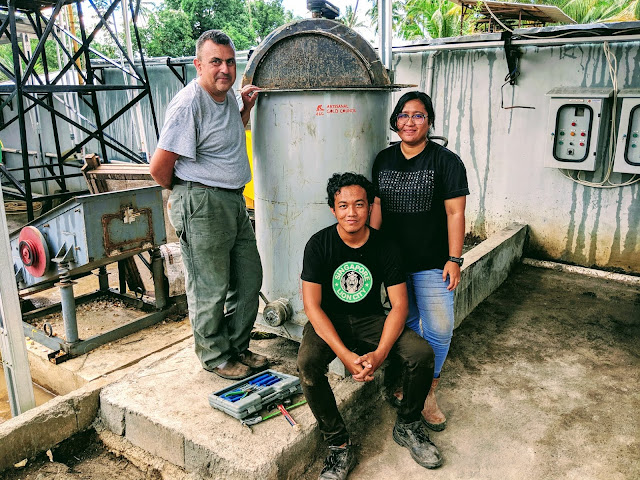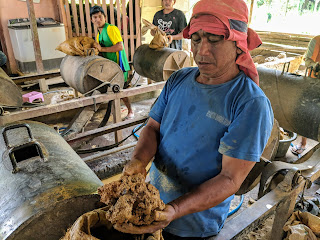Professionalization of the Artisanal Gold Mining Sector

Three professional mining engineers that have chosen to make careers in the artisanal gold mining sector and are busy helping to improve it onsite in Indonesia, 2019; left to right: Sixto Aguero, Abrar Ridhollah, and Yolanda Hantari. When asked what the Artisanal Gold Council’s mission is and about my own vision for the improvement of the artisanal gold mining sector, I explain that it is mainly two simple things. First, it is about the improvement of the artisanal gold mining sector writ large so that it can better perform its role in delivering development to the rural poor, essentially helping the sector to deliver the UN’s sustainable development goals (SDGs). And secondly, that the approach we use to do this, is professionalization, that we aim to professionalize the artisanal gold mining sector. In fact, professionalization of the artisanal and small-scale gold mining sector (ASGM) is largely what the Artisanal Gold Council does. To draw attention to this approach, I





